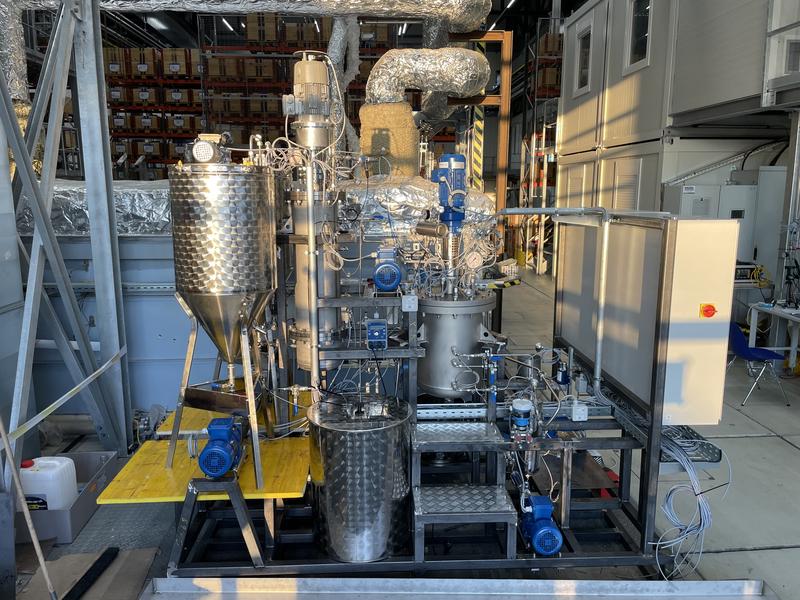Understanding how plants communicate through light perception is crucial for advancing agricultural practices and enhancing food security. Researchers at Michigan State University have revealed a novel mechanism that links plant growth regulation to light perception, highlighting an intricate relationship between environmental cues and developmental responses. This discovery not only sheds light on the fundamental processes governing plant biology but also addresses the pressing challenge of optimizing crop resilience in the face of climate change and other environmental stressors. By deciphering this 'language of light,' scientists are poised to unlock new strategies for improving crop yields and sustainability.
The implications of this research extend far beyond basic plant biology; they offer a pathway to innovative agricultural solutions. By leveraging the insights gained from this study, agricultural scientists can develop crops that are better equipped to adapt to varying light conditions, ultimately enhancing their growth and productivity. This could lead to the creation of more resilient food systems capable of withstanding the challenges posed by climate variability. As the global population continues to rise, understanding and harnessing the mechanisms of plant growth in relation to light will be essential for ensuring food security and sustainable agricultural practices.









